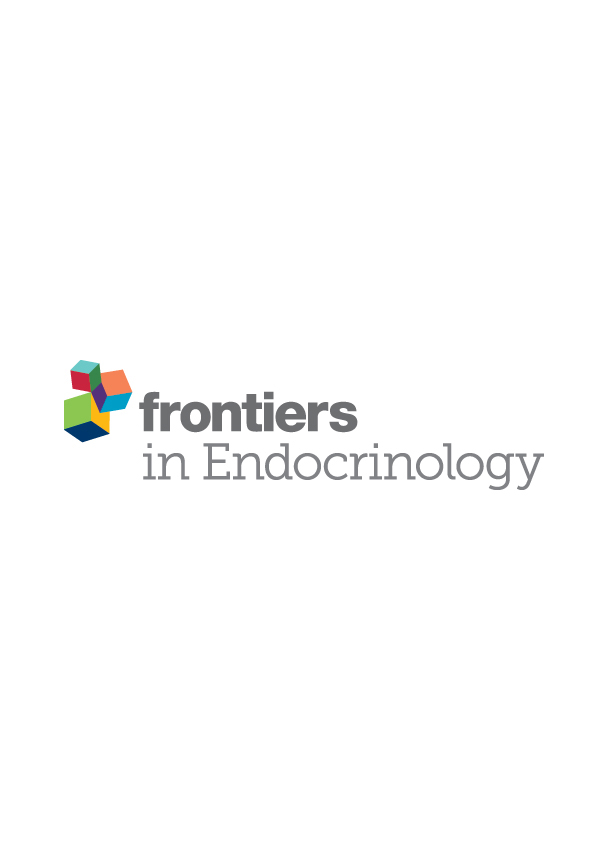Front Endocrinol (Lausanne). 2020 Feb 25;11:79. doi: 10.3389/fendo.2020.00079. eCollection 2020.
Laura D Scriba1, Stefan R Bornstein1 2, Alice Santambrogio1 3, Gregor Mueller1, Angela Huebner 4, Julia Hauer5, Andreas Schedl6, Ben Wielockx7, Graeme Eisenhofer1 7, Cynthia L Andoniadou1 3, Charlotte Steenblock1
Affiliations
1 Department of Internal Medicine III, University Hospital Carl Gustav Carus, Technische Universität Dresden, Dresden, Germany.
2 Diabetes and Nutritional Sciences Division, King’s College London, London, United Kingdom.
3 Centre for Craniofacial and Regenerative Biology, King’s College London, London, United Kingdom.
4 Children’s Hospital, University Hospital Carl Gustav Carus, Technische Universität Dresden, Dresden, Germany.
5 Department of Pediatrics, Pediatric Hematology and Oncology, University Hospital Carl Gustav Carus, Technische Universität Dresden, Dresden, Germany.
6 Université Côte d’Azur, INSERM, CNRS, iBV, Nice, France.
7 Institute of Clinical Chemistry, University Hospital Carl Gustav Carus, Technische Universität Dresden, Dresden, Germany.
Abstract
Pheochromocytoma (PCC) and paraganglioma (PGL) are rare neuroendocrine tumors associated with high cardiovascular morbidity and variable risk of malignancy. The current therapy of choice is surgical resection. Nevertheless, PCCs/PGLs are associated with a lifelong risk of tumor persistence or recurrence. A high rate of germline or somatic mutations in numerous genes has been found in these tumors. For some, the tumorigenic processes are initiated during embryogenesis. Such tumors carry gene mutations leading to pseudohypoxic phenotypes and show more immature characteristics than other chromaffin cell tumors; they are also often multifocal or metastatic and occur at an early age, often during childhood. Cancer stem cells (CSCs) are cells with an inherent ability of self-renewal, de-differentiation, and capacity to initiate and maintain malignant tumor growth. Targeting CSCs to inhibit cancer progression has become an attractive anti-cancer therapeutic strategy. Despite progress for this strategy for solid tumors such as neuroblastoma, brain, breast, and colon cancers, no substantial advance has been made employing similar strategies in PCCs/PGLs. In the current review, we discuss findings related to the identification of normal chromaffin stem cells and CSCs, pathways involved in regulating the development of CSCs, and the importance of the stem cell niche in development and maintenance of CSCs in PCCs/PGLs. Additionally, we examine the development and feasibility of novel CSC-targeted therapeutic strategies aimed at eradicating especially recurrent and metastatic tumors.
PMID: 32158431
DOI: 10.3389/fendo.2020.00079

